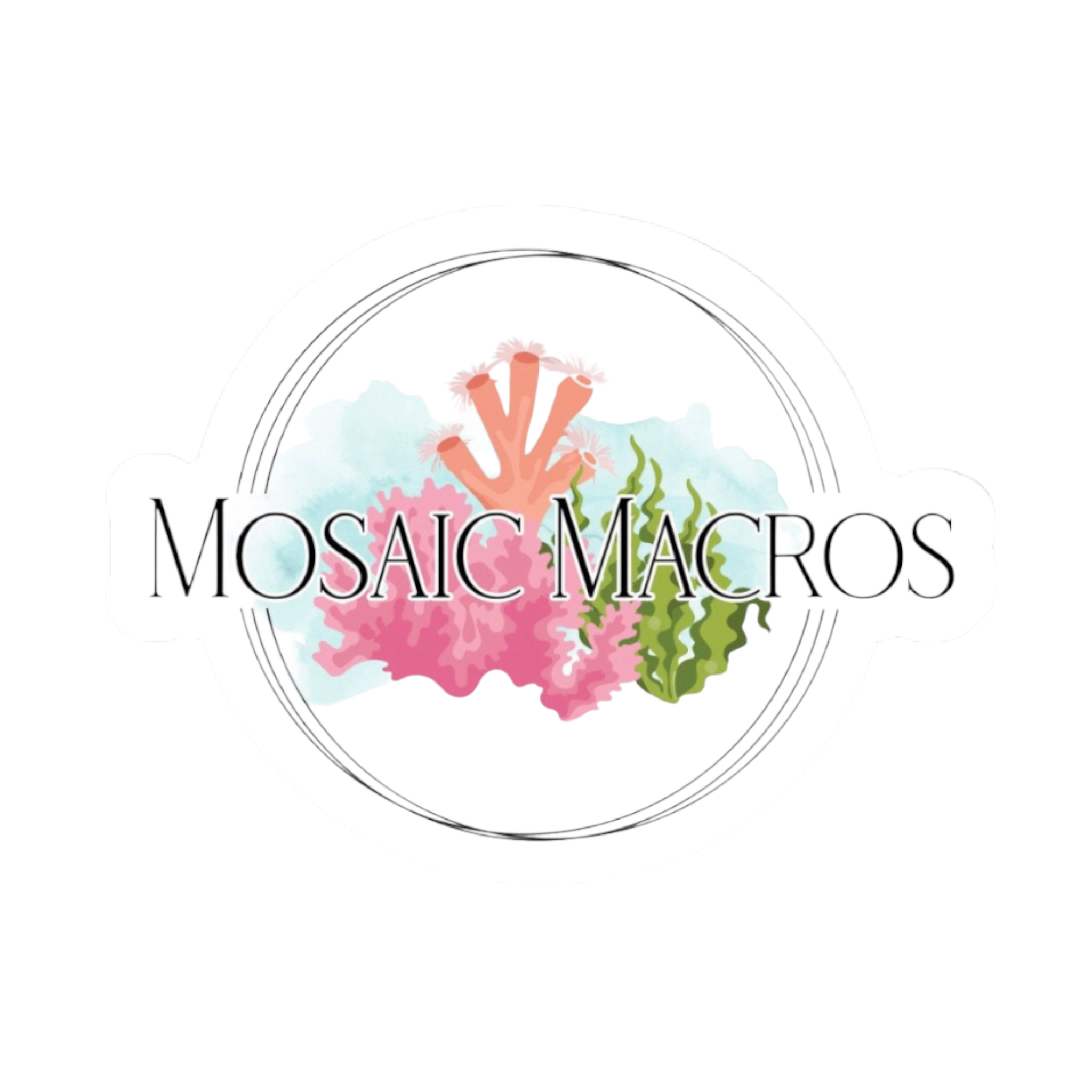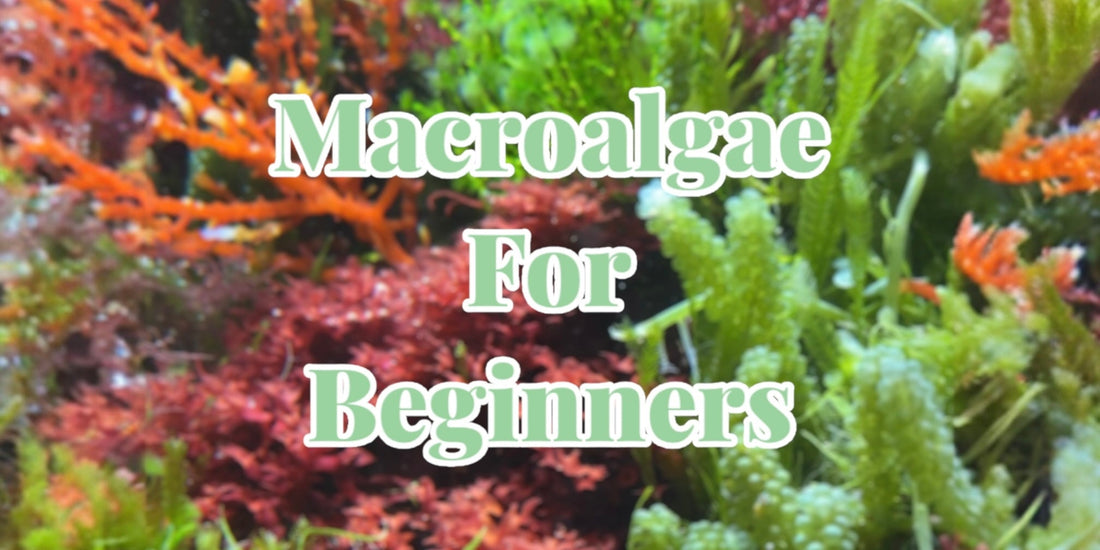Looking to get into macroalgae but aren't sure what species are right for you? You've come to the right place! Here we'll be detailing some of our favorite, beginner-friendly macroalgae species for the reef aquarium.
Chlorophyta - The Green Algae
Caulerpa
Image from left to right: "Sea Grapes" - Caulerpa lentillifera, "Mega Fern" - Caulerpa ashmeadii, "Suction Cup" - Caulerpa racemosa var. peltata
Caulerpa are the least-picky and hardiest genus of algae that we offer. Coming in many different shapes, sizes, and textures - these species make for a great addition to most macroalgae displays.
Before entering the world of Caulerpa, it should be noted that the genus can be very invasive in the right conditions. Caulerpa species with thin stolons (the "runner" portion of the algae) can easily root themselves into the smallest cracks of a hardscape and become virtually impossible to remove. Only introduce these species if you are sure you want them in the display!
Caulerpa with thicker stolons are among those that we generally recommend to beginners. These Caulerpa species are just as hardy, but are much easier to maintain and remove. Our picks include Caulerpa lentillifera, Caulerpa ashmeadii, Caulerpa racemosa, and Caulerpa paspaloides.
Codium



Image from left to right: "Stout Dwarf" - Codium sp., "Dead Man's Finger" - Codium fragile, "Lime Green" - Codium sp.
The Codium genus is interesting in that the thallus of the algae is spongey and soft, making it a visually appealing algae with a unique texture.
The Codium genus is generally very hardy, and can withstand even lower-light conditions. One thing to note, however, is that the genus generally does not tolerate warm waters above 78°F.
Cymopolia



Image: "Jointed Tuft Algae" - Cymopolia barbata
A very unique lightly-calcified macroalgae native to Florida and the Caribbean. It features long, segmented, spindly stalks that come to a green tuft at the end, hence the common name.
This species prefers slightly turbulent flow, and like Codium, cooler water temperatures. It is a fairly quick-growing species, and is a must have for any macroalgae display!
Rhodophyta - The Red Algae
Gracilaria



Image from left to right: "Red Ogo" - Gracilaria parvispora, "Purple Flat Branching" - Gracilaria sp., "Red Bush" - Gracilaria hayi
Gracilaria is the quickest-growing and hardiest genus of red algae that we offer. The Gracilaria genus features many different growth structures, textures, and colors. It's a staple in any macroalgae system!
Haliptilon



Image: "Red Fern Algae" - Haliptilon sp.
A small, stunning, and visually-appealing red macroalgae! Red Fern algae grows in a fern-like structure. It's very hardy, and is always one of our top picks for new macroalgae enthusiasts. Plus - it will create its own holdfast overtime!
Halymenia



Image from left to right: "Dragon's Breath" - Halymenia durvillei, "Orange Galaxy" - Halymenia stipitata, "Pink Dragon's Breath" - Halymenia floresia
The Halymenia genus is super popular for a reason! These species are fast-growing, hardy, and most even fluoresce under actinic lighting with orange-yellow highlights. These species have a slippery thallus.
Botryocladia
Image: "Red Grape Algae" - Botryocladia occidentalis
A classic and beautiful macroalgae! Botryocladia has fluid-filled bladders along its main thallus that help it stay buoyant. These bladders give it the appearance of a grapevine, which gives it the common name of Grape Algae! Some refer to it as "Red Grape Caulerpa" though it is not from the genus.
Scinaia


Image from left to right: "Branching Hex" - Scinaia sp., "Branching Hex (Purple Form) - Scinaia sp.
Our last pick for beginner-friendly red macroalgae goes to the Scinaia genus. These species feature rubbery, branching growth similar to SPS stony corals. These species generally stay small, growing in a spherical shape - maxing out at about the size of a tennis ball!
Have any further questions or concerns? Reach out to us at mosaicmacros@mosaicmacros.com. We'd love to hear from you!







